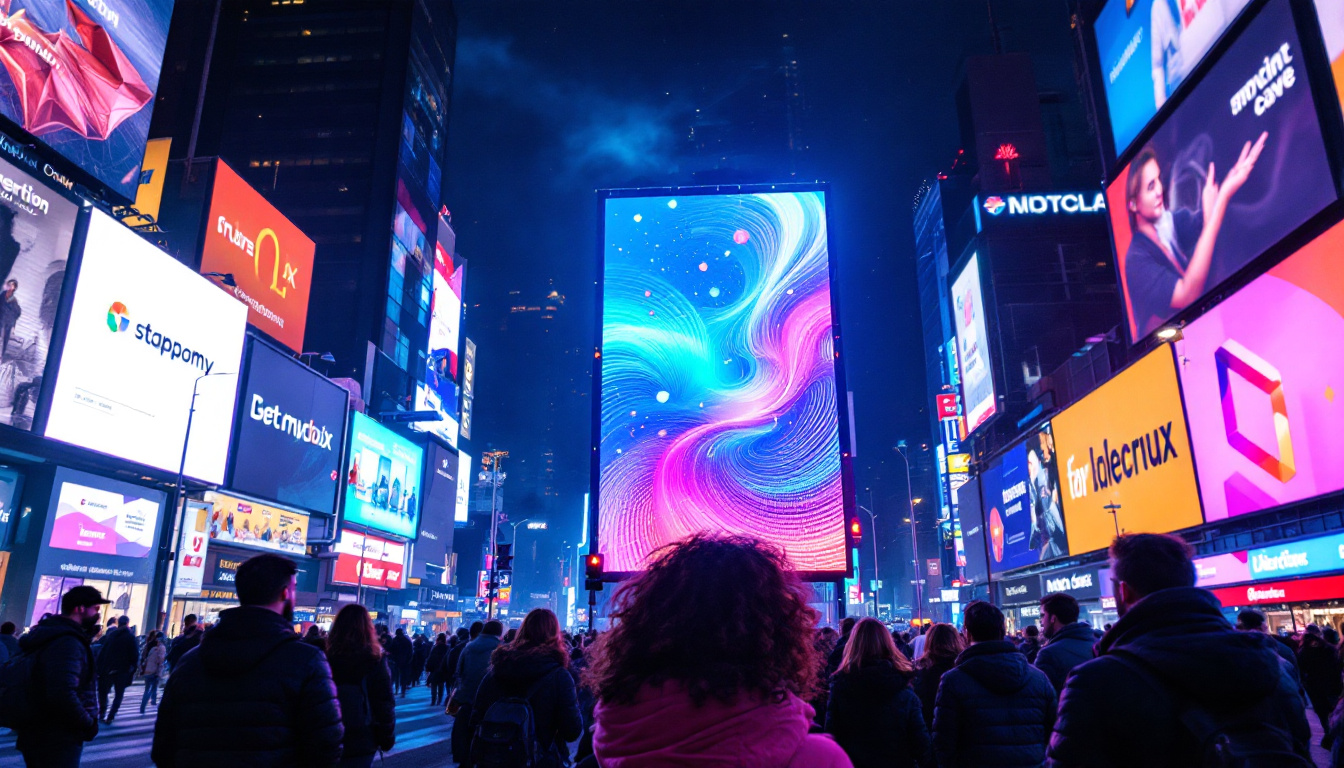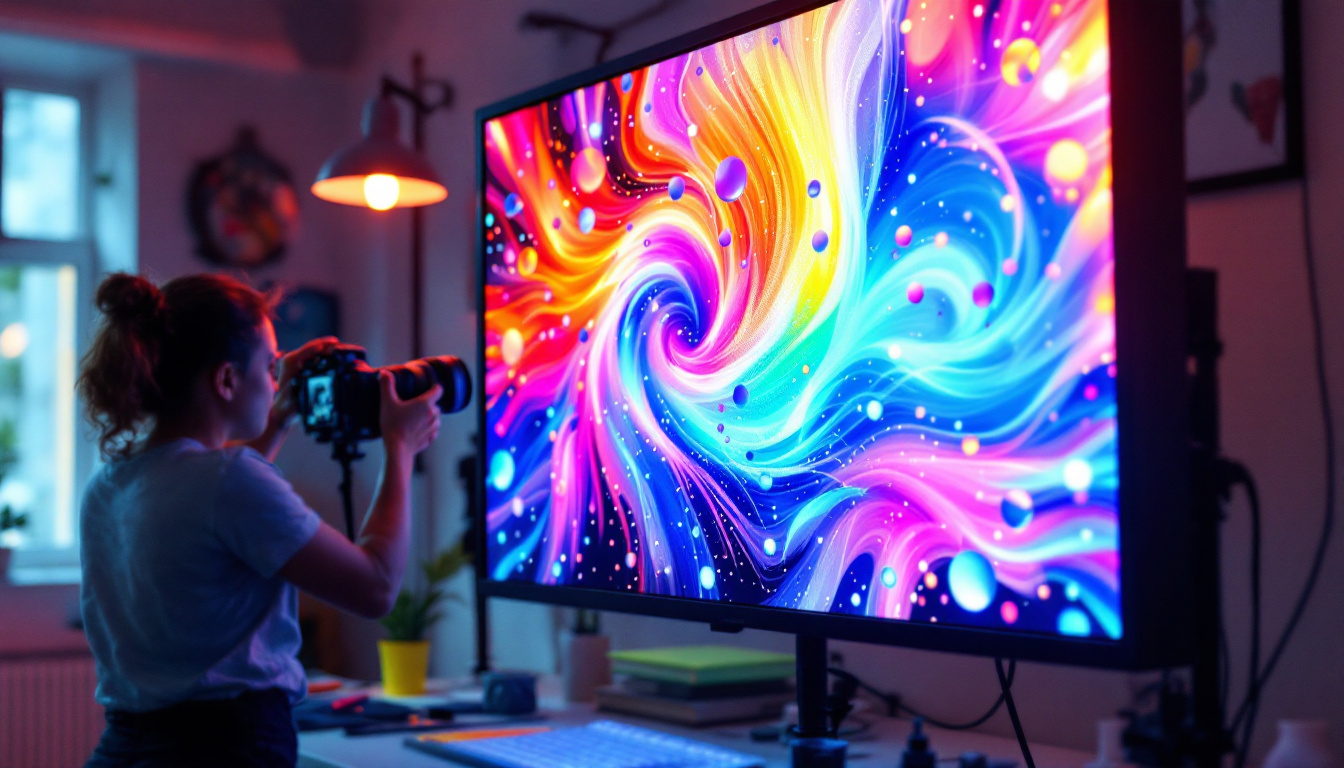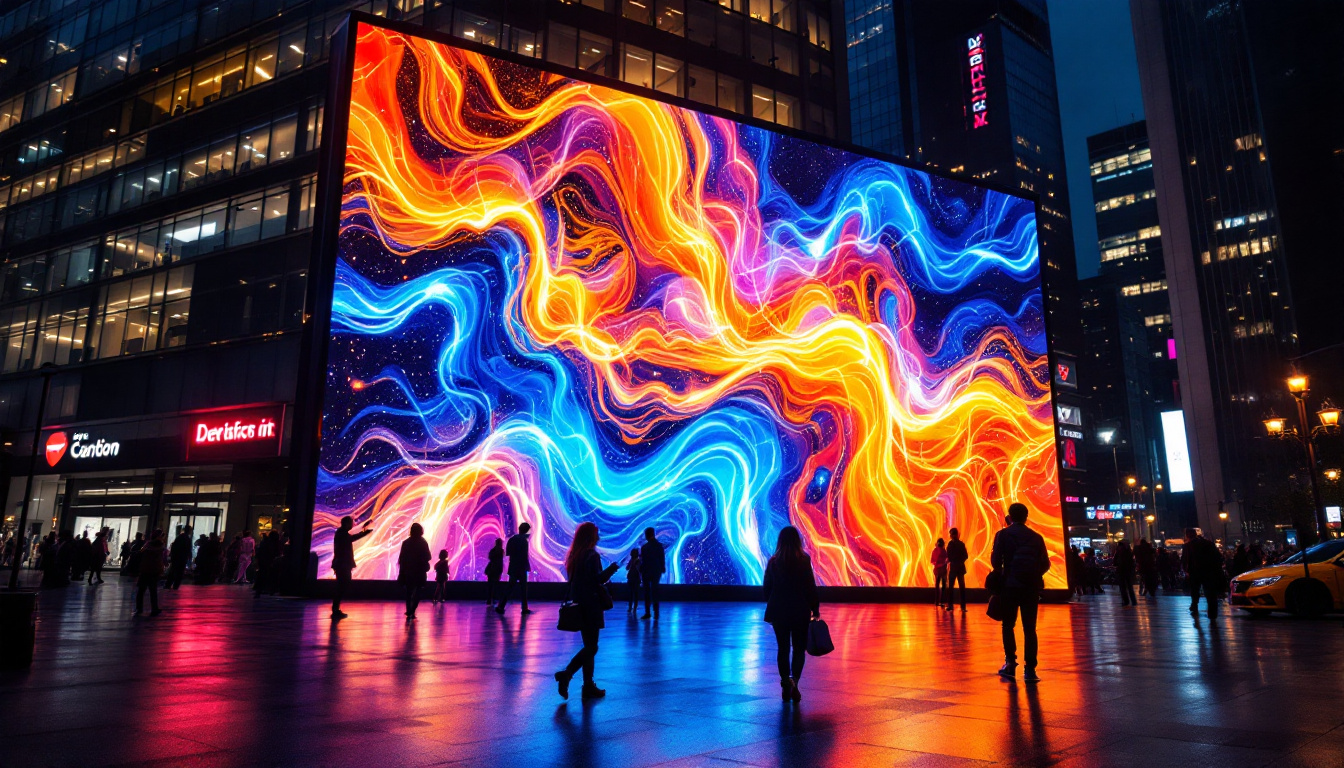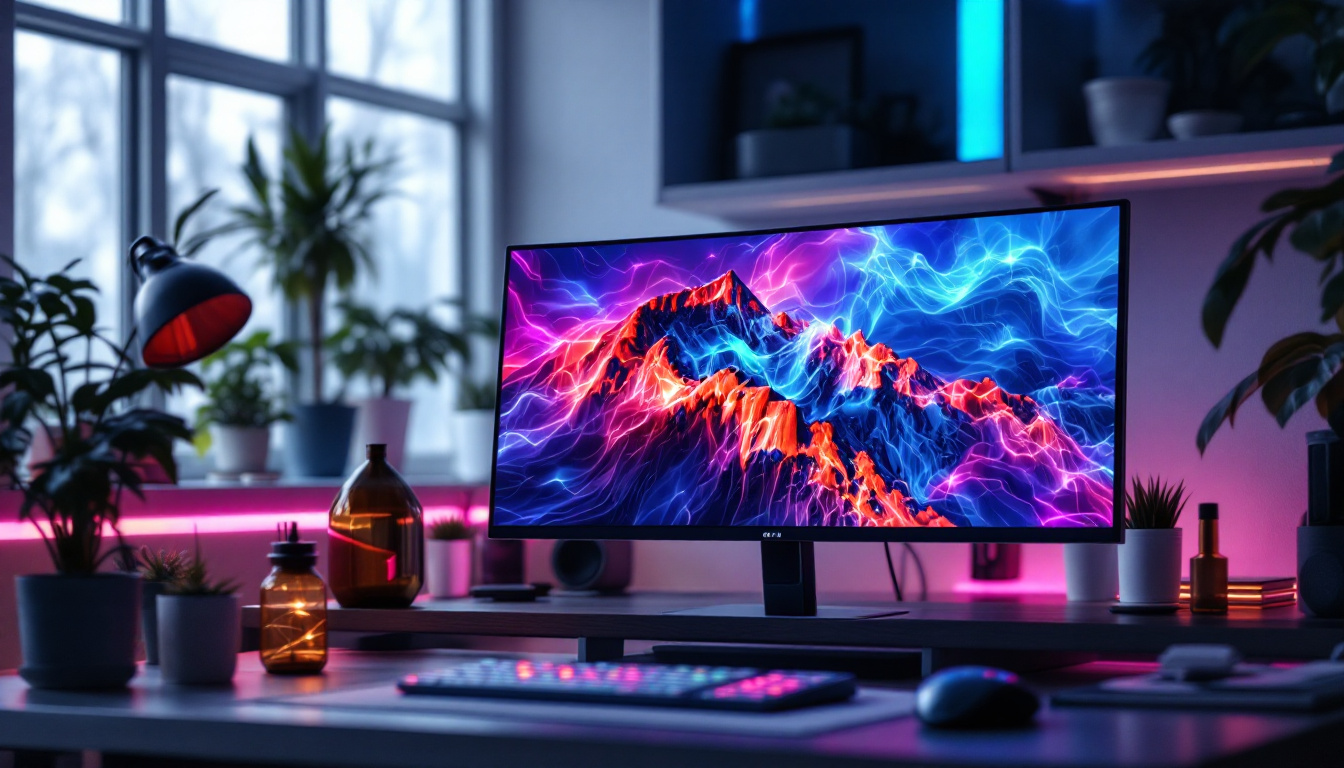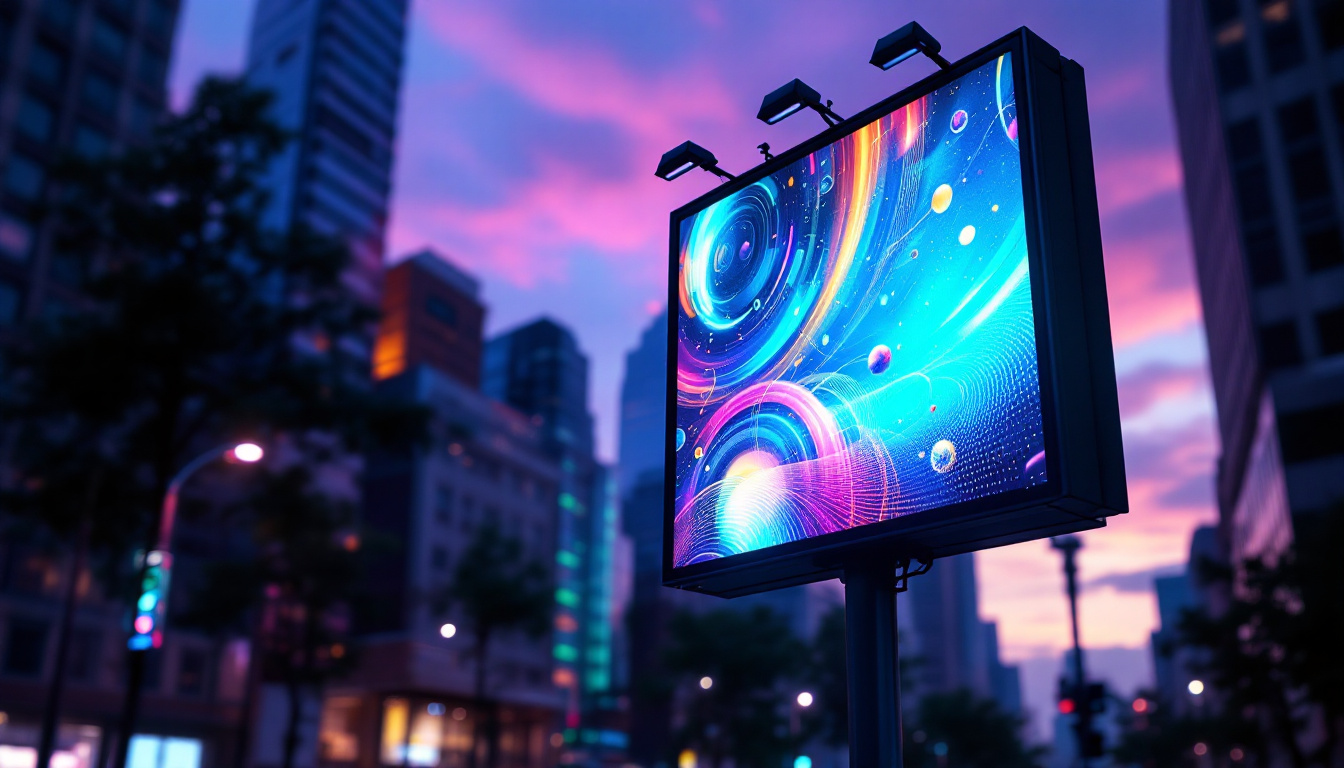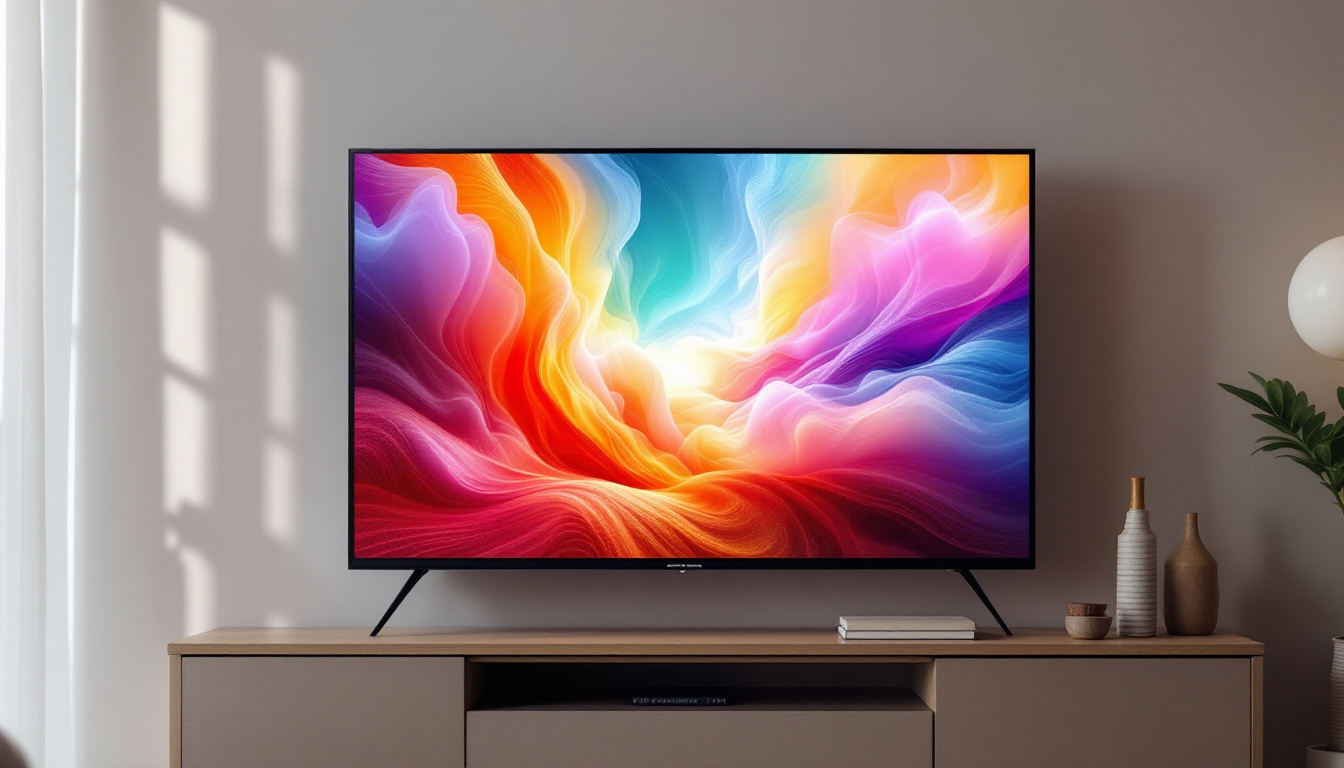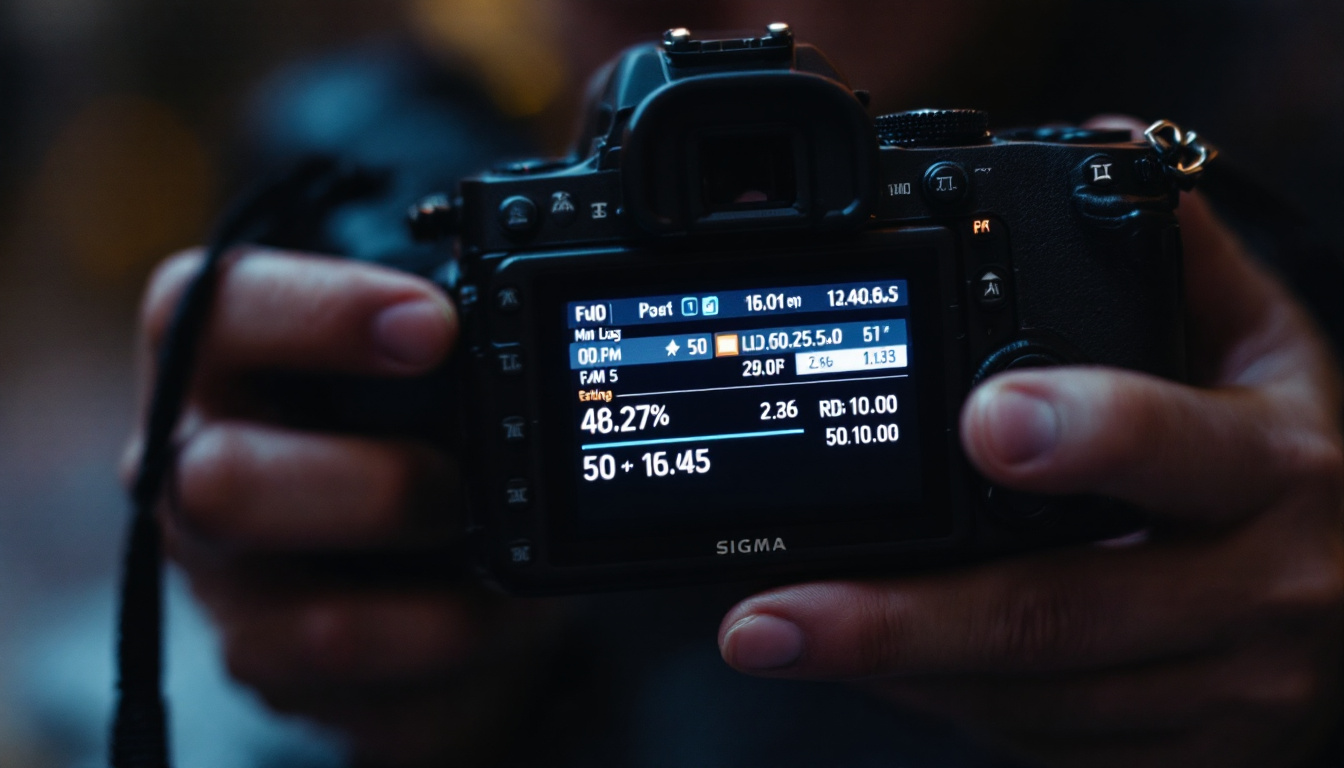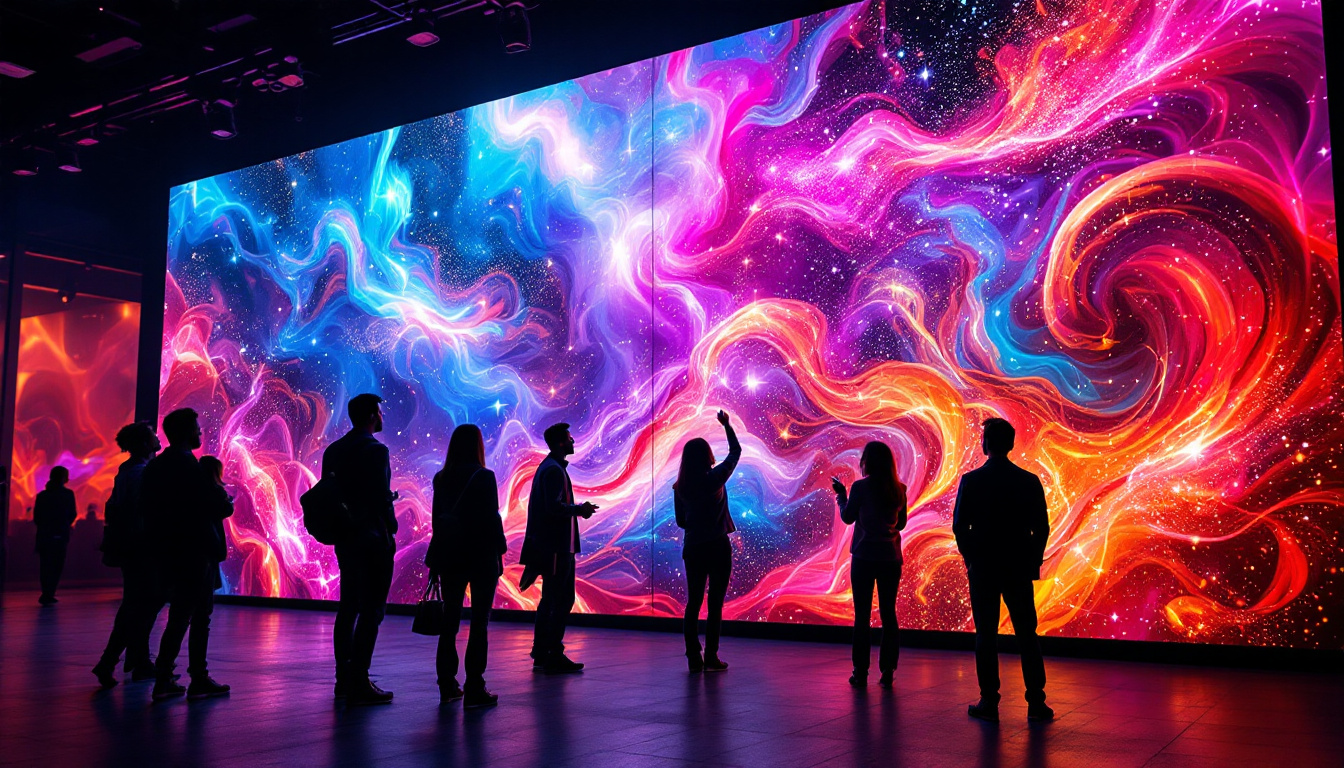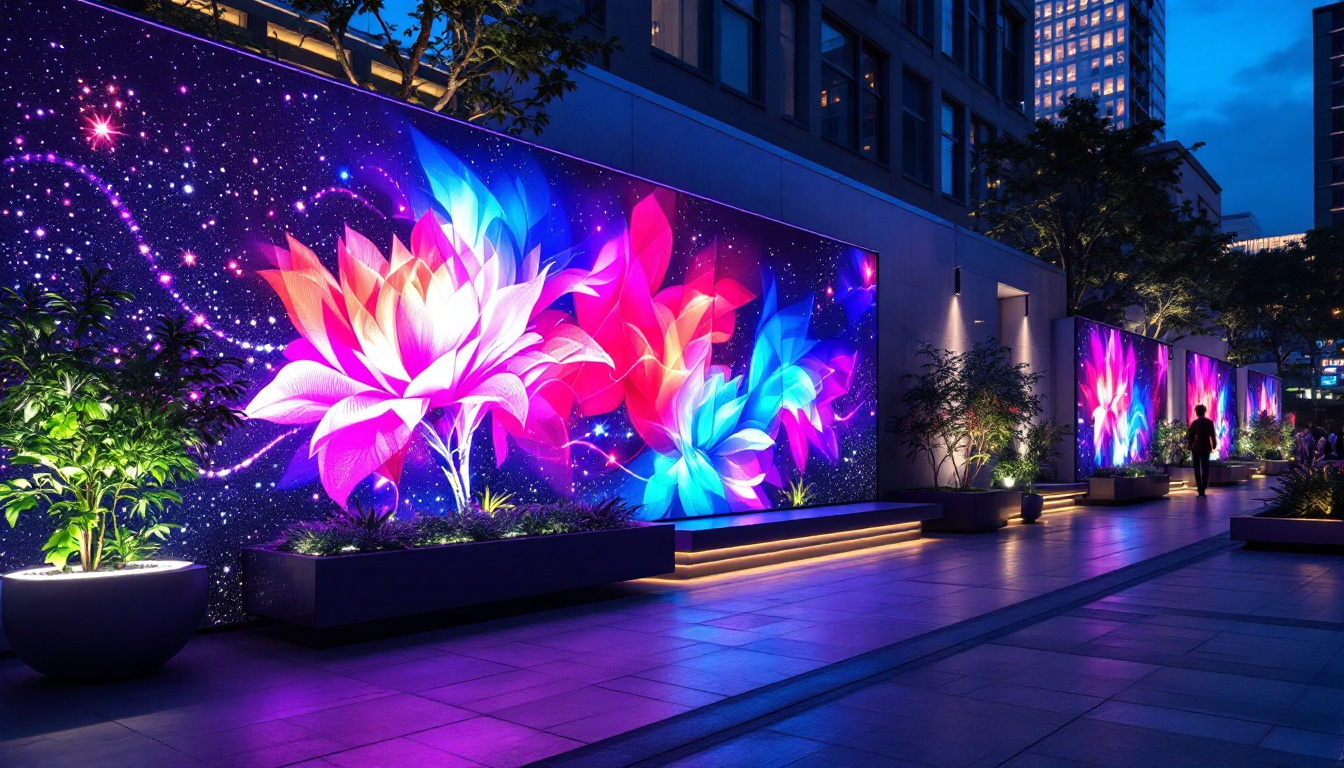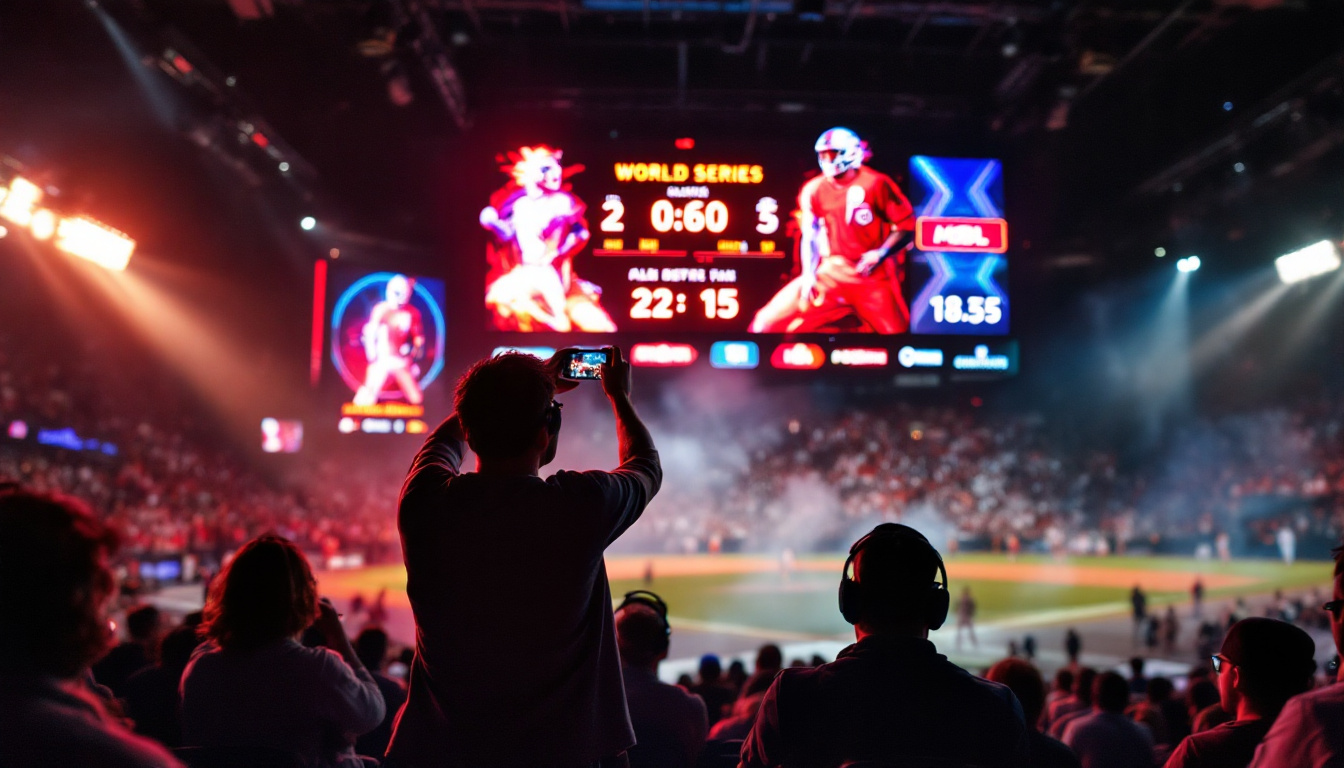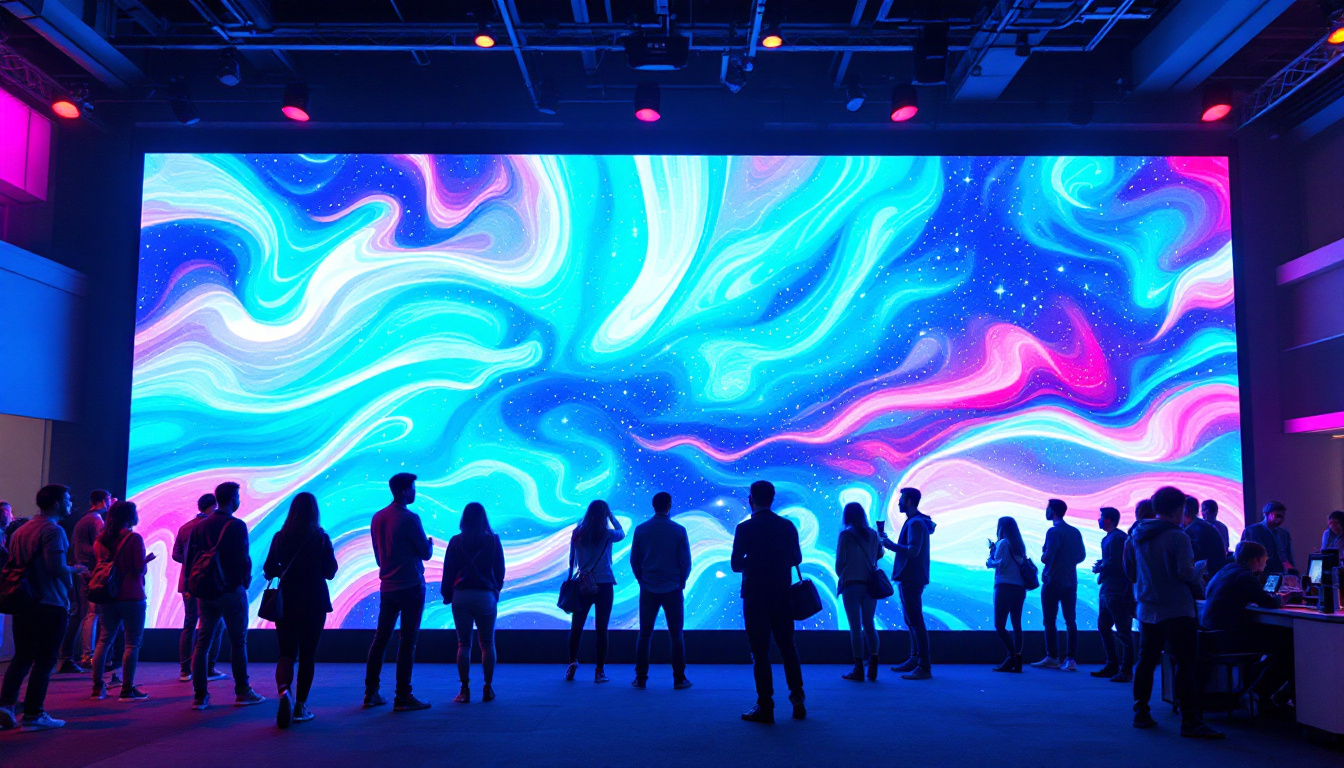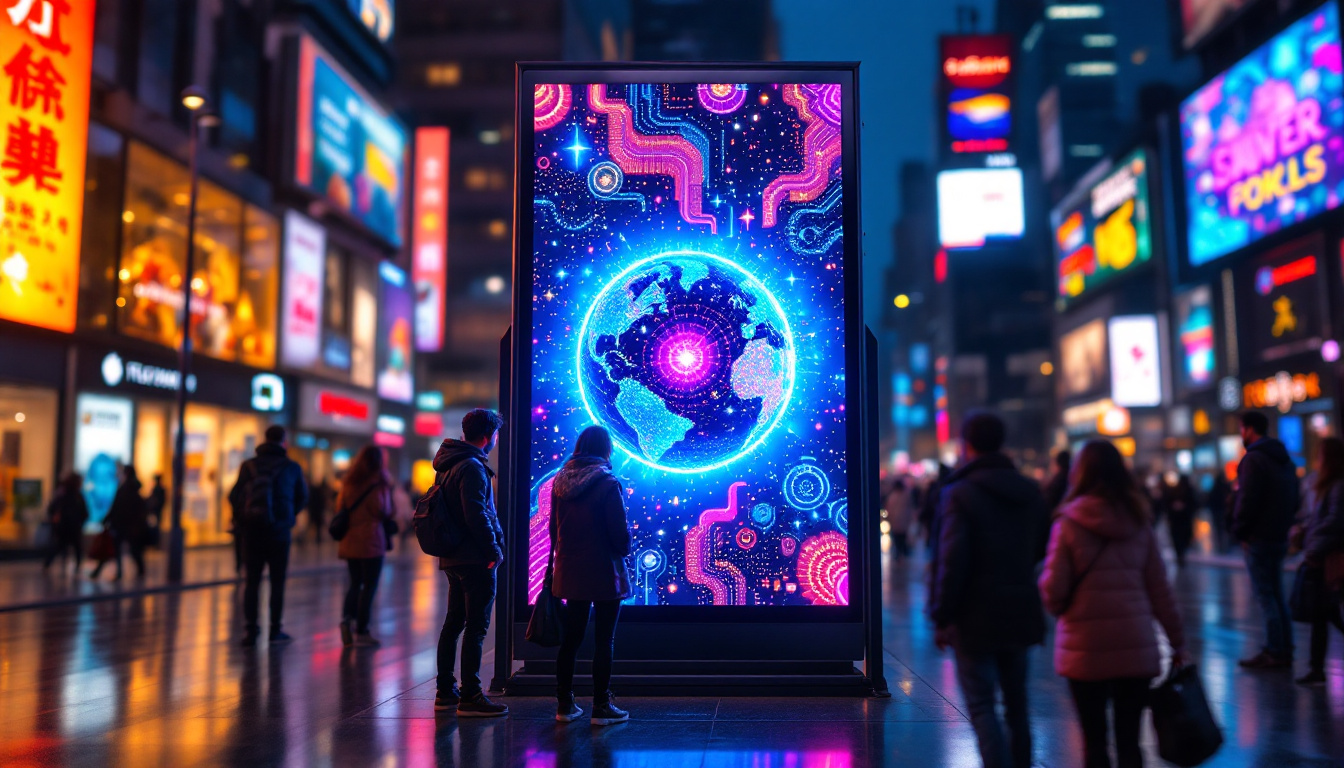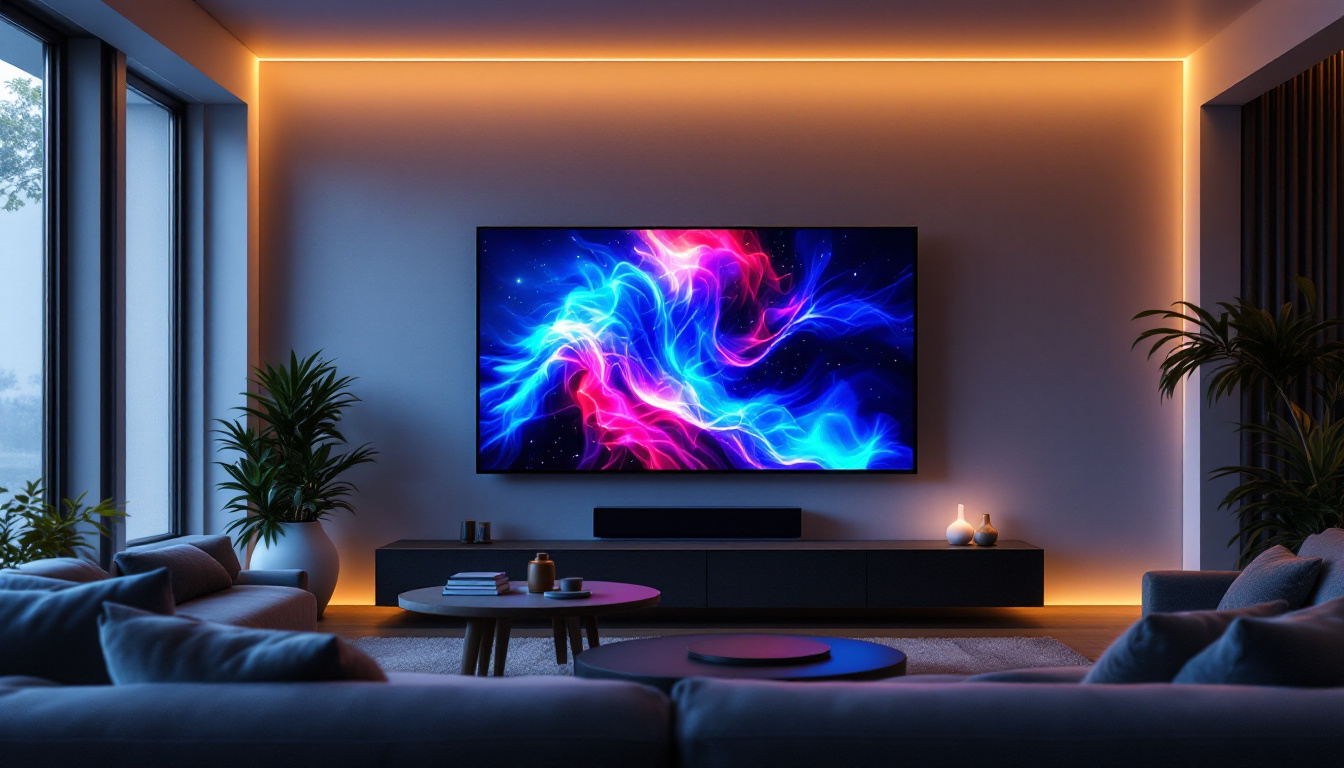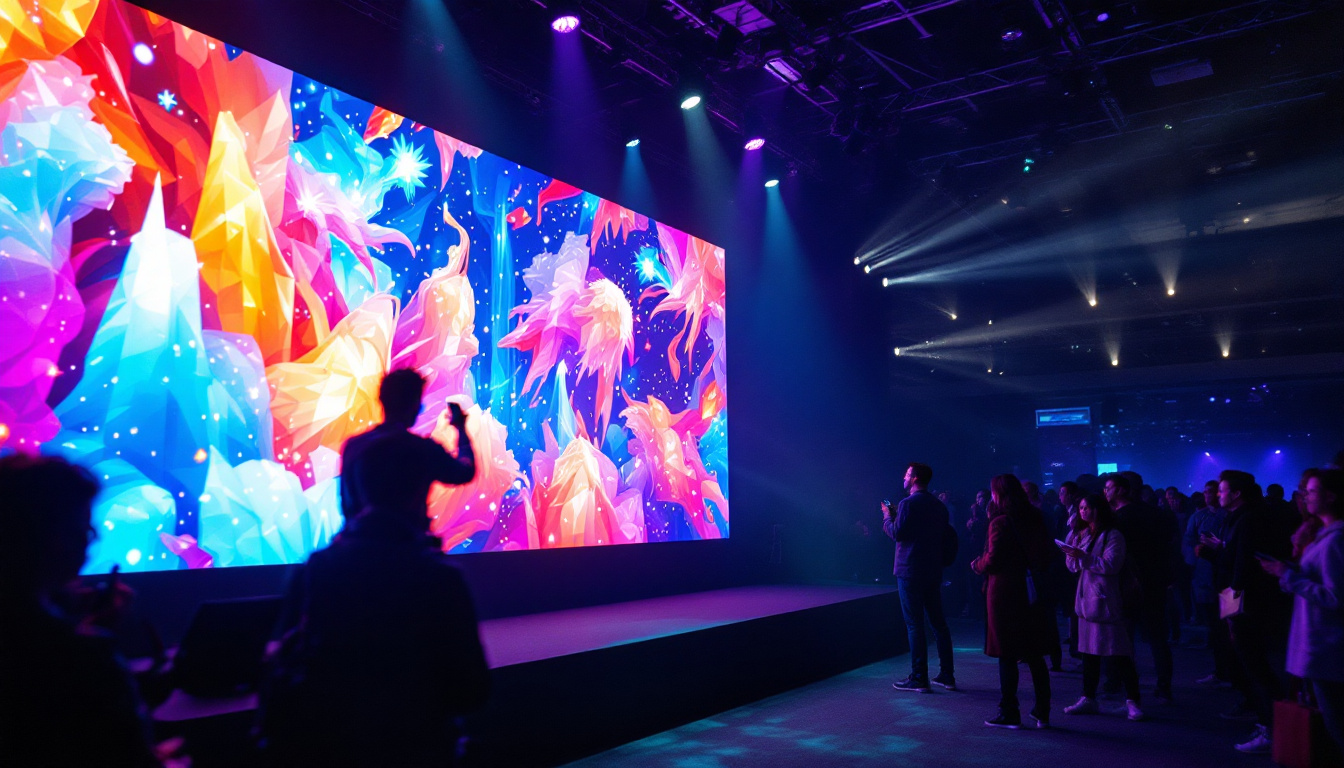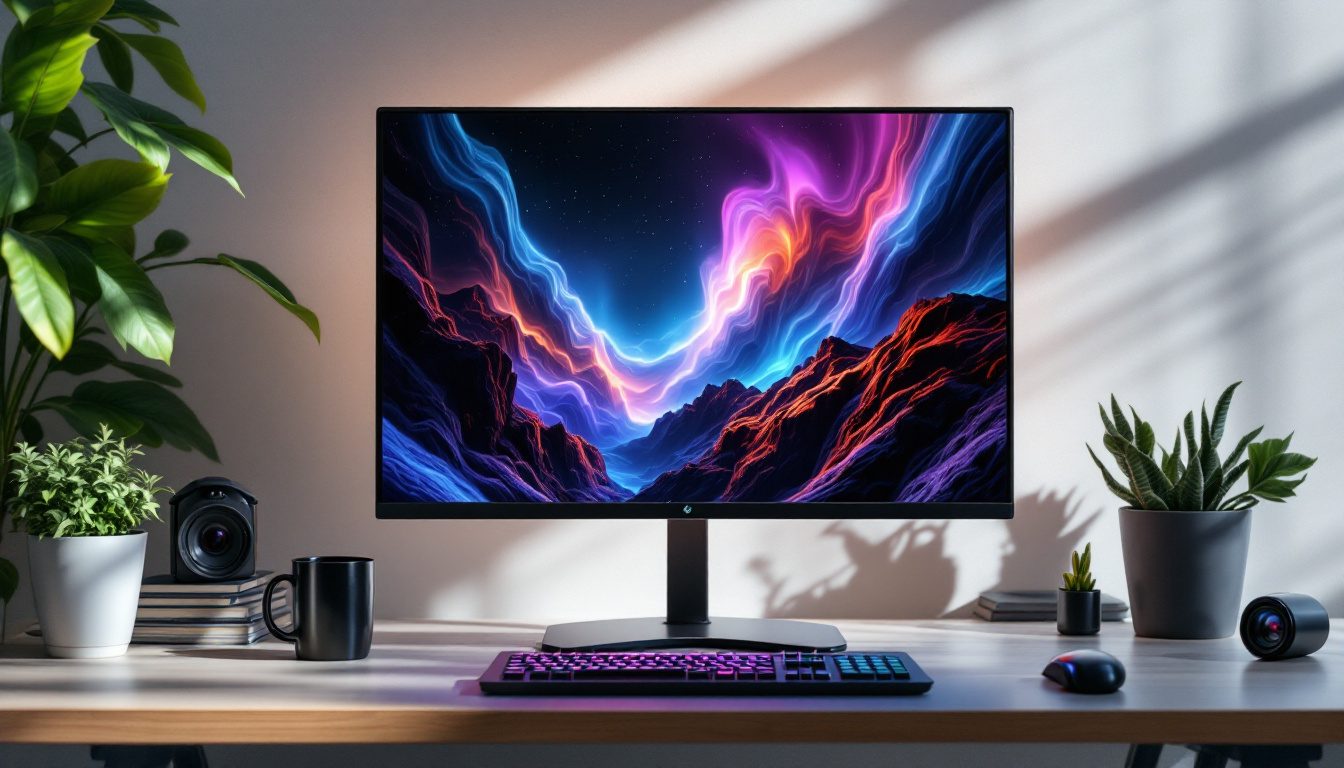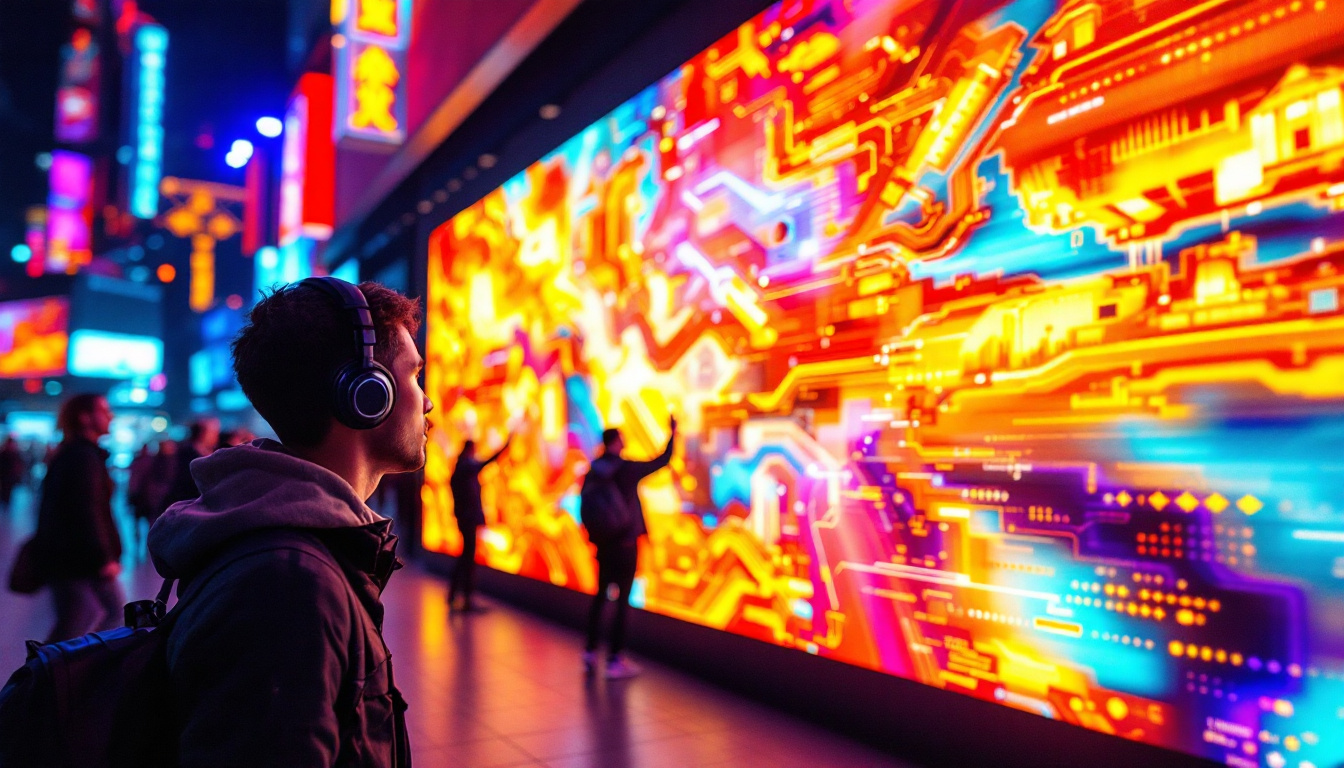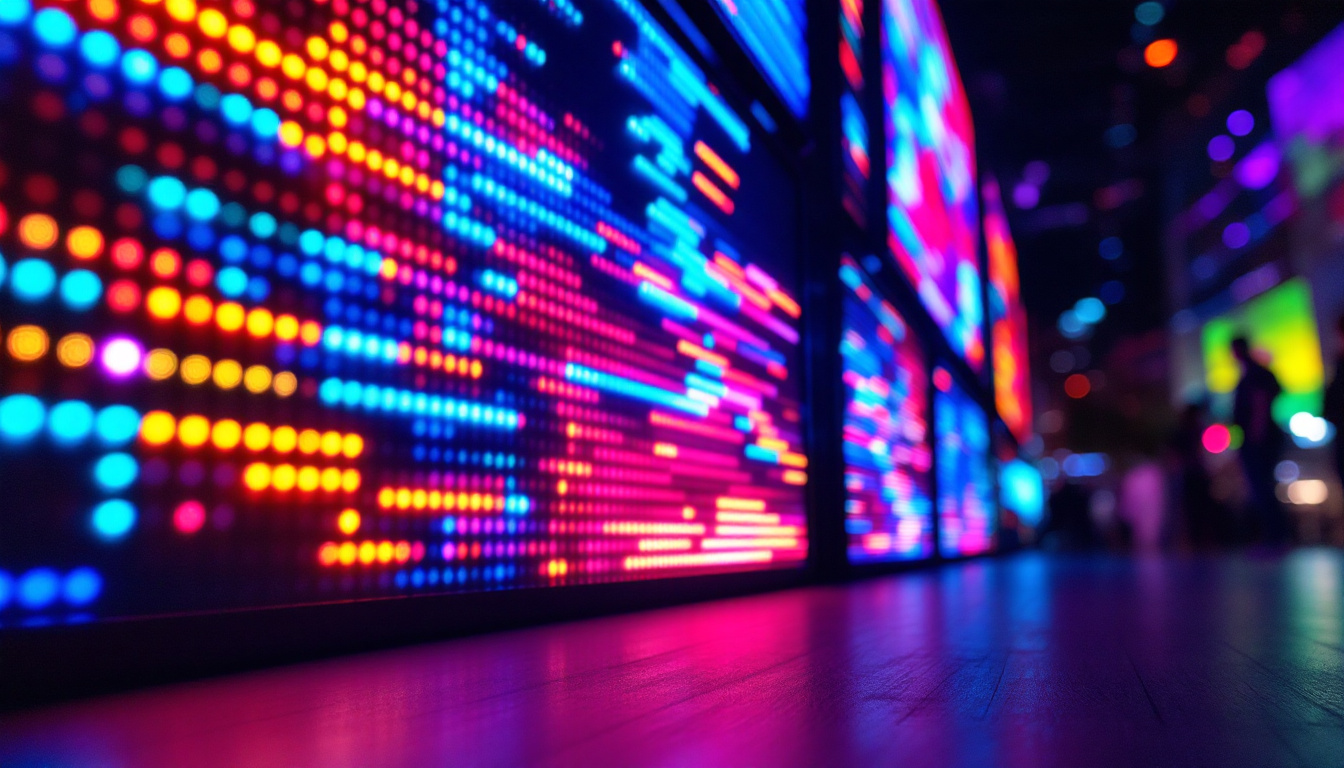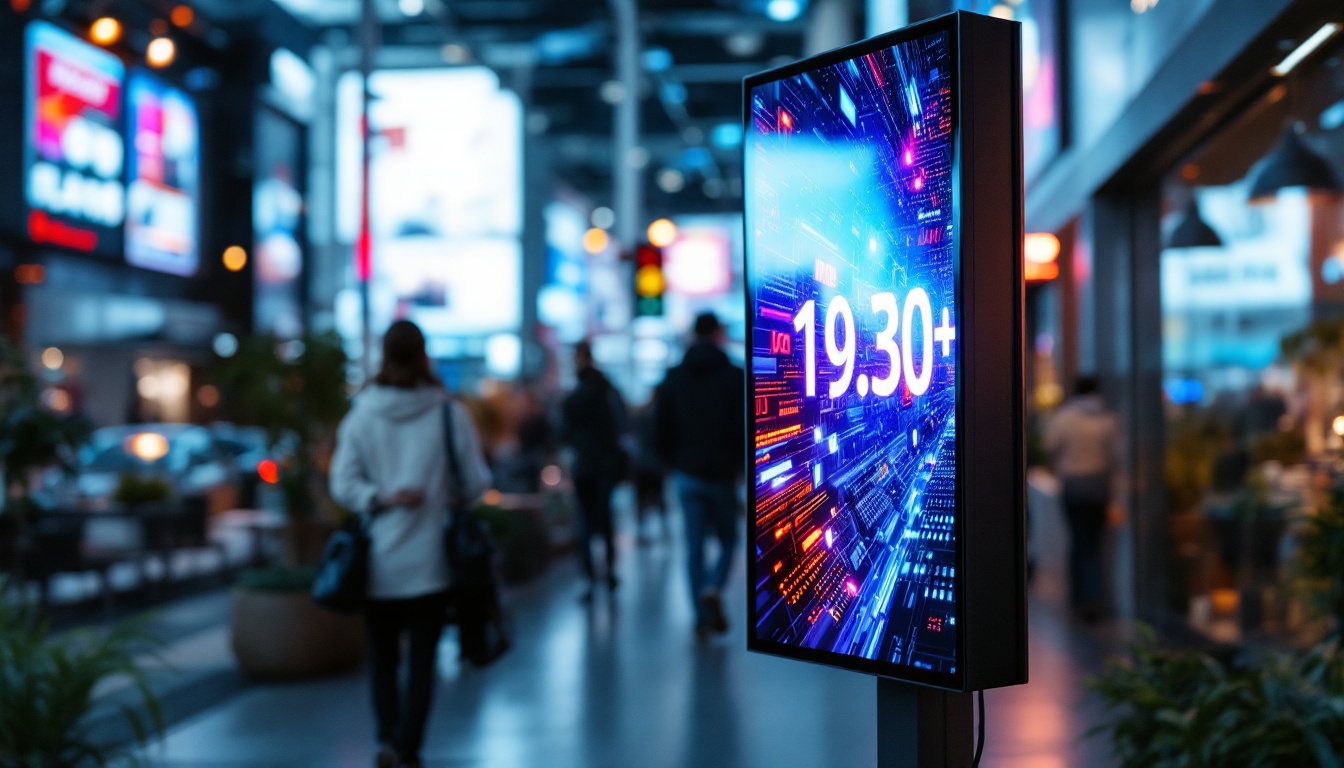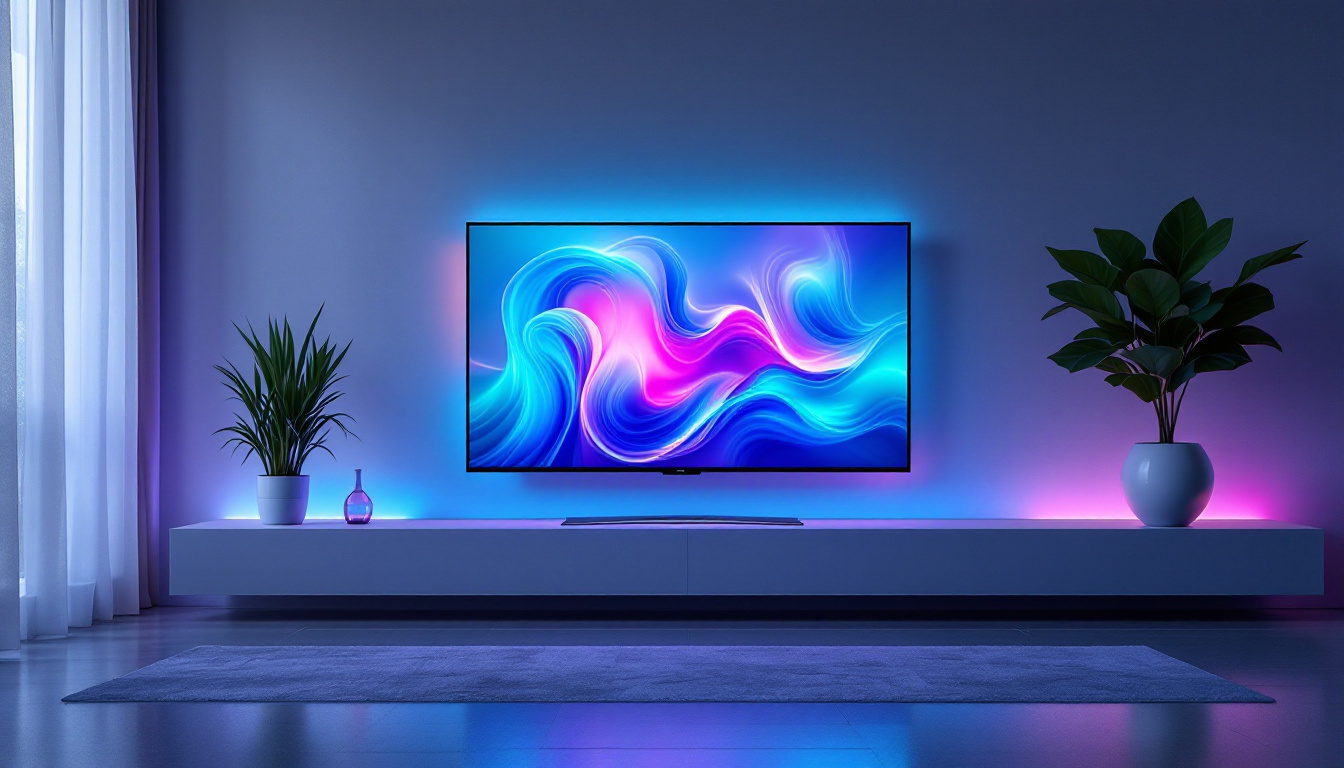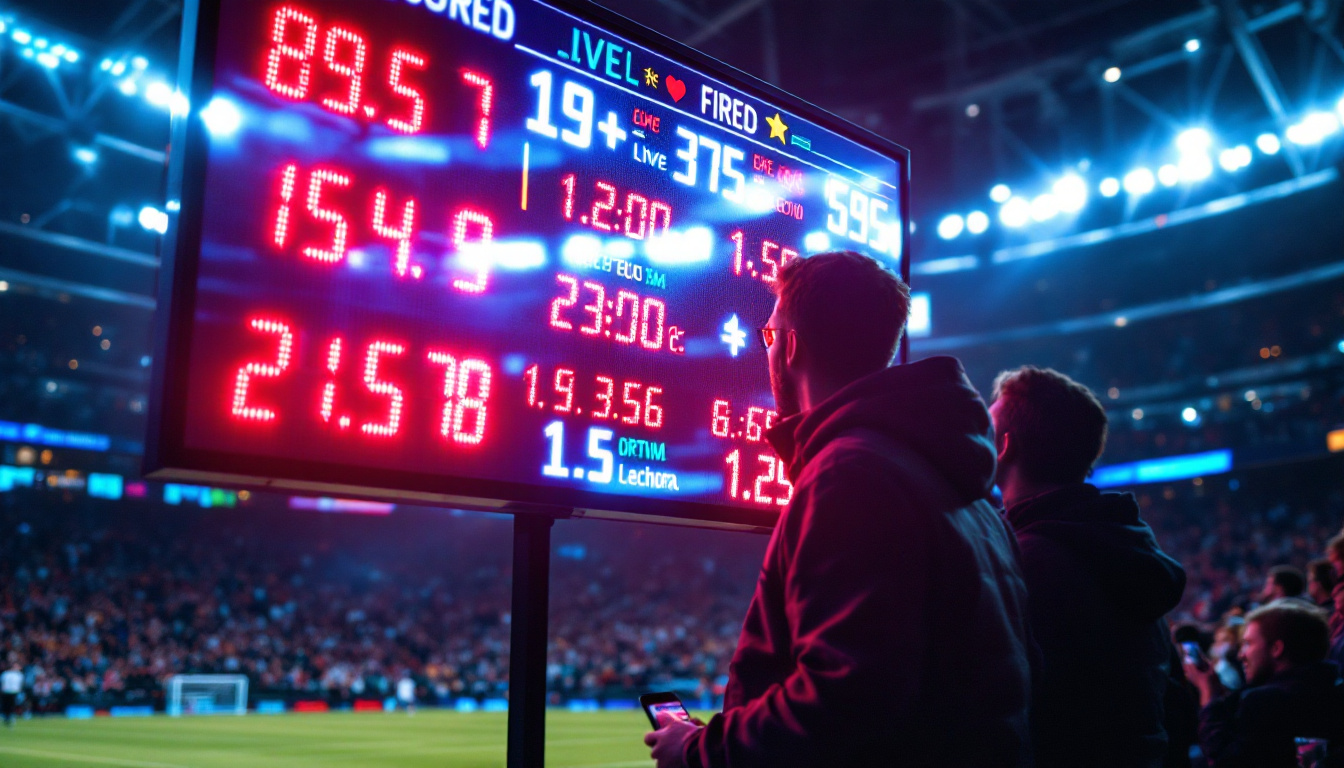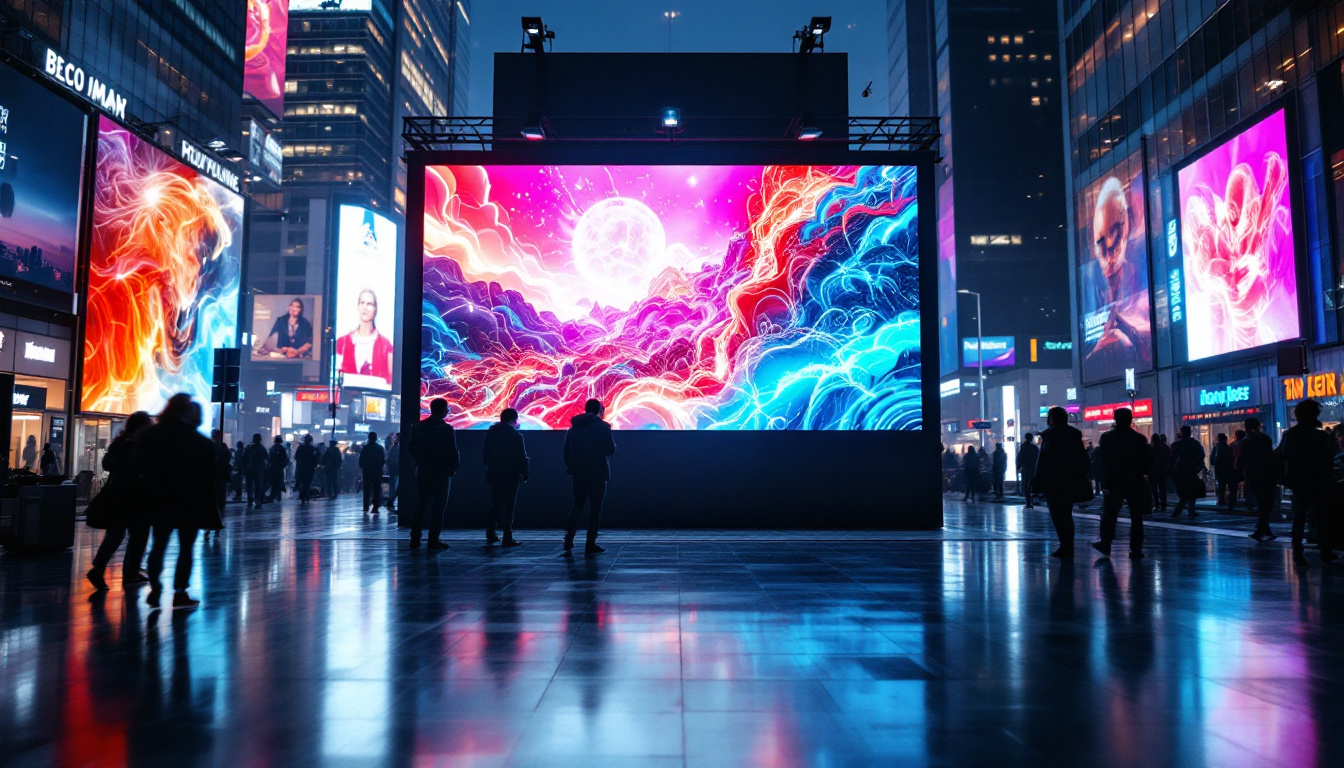In today’s fast-paced digital landscape, the importance of effective branding cannot be overstated. Companies are constantly seeking innovative ways to capture attention and communicate their message. One of the most impactful tools in this pursuit is the LED display. This article delves into the intricacies of LED displays, exploring their significance in display branding and how they can elevate a brand’s visibility.
Understanding LED Displays
LED displays, or Light Emitting Diode displays, have revolutionized the way information is presented. These displays utilize semiconductor technology to emit light when an electric current passes through them. This fundamental principle allows for vibrant colors, high brightness, and energy efficiency, making LED displays a popular choice for various applications. Their increasing prevalence in both commercial and residential settings highlights their adaptability and the ongoing advancements in display technology.
Types of LED Displays
There are several types of LED displays, each designed for specific applications. The most common include:
- Indoor LED Displays: These are typically used in venues such as shopping malls, airports, and conference centers. They offer high-resolution images and are designed for close viewing distances. Indoor displays often feature advanced technologies that enhance image quality, such as high pixel density and superior color accuracy, ensuring that viewers receive a captivating visual experience.
- Outdoor LED Displays: Built to withstand the elements, outdoor displays are larger and brighter, making them suitable for billboards and stadiums. They often feature weatherproof casings to ensure durability. Additionally, outdoor LED displays are designed with anti-glare technology, allowing for clear visibility even in direct sunlight, which is crucial for effective advertising and public announcements.
- Transparent LED Displays: This innovative technology allows for displays that can be seen through, enabling advertising without obstructing views. They are ideal for retail environments where visibility is crucial. Transparent displays can also enhance architectural aesthetics, blending seamlessly into storefronts and modern buildings while providing dynamic content that attracts customers.
How LED Displays Work
LED displays consist of numerous tiny light-emitting diodes arranged in a grid. Each diode can emit red, green, or blue light, and by varying the intensity of these colors, a full spectrum of colors can be created. This RGB (Red, Green, Blue) model is the foundation of color display technology. The precision in controlling these diodes allows for stunning visuals that can be tailored to specific environments and audiences.
The images displayed are generated by a controller that processes the input from a video source. This allows for dynamic content such as videos, animations, and real-time information to be displayed, making LED screens highly versatile. Furthermore, advancements in software and connectivity options have enabled features like remote management and content scheduling, allowing businesses to easily update their displays with fresh content, ensuring that their messaging remains relevant and engaging.
The Role of LED Displays in Branding
Branding is about creating a distinctive image and identity in the minds of consumers. LED displays play a crucial role in this process by providing a platform for brands to showcase their messages in a visually appealing way.
Enhancing Visibility
One of the primary advantages of LED displays is their ability to attract attention. The bright, vibrant colors and dynamic content can easily stand out in crowded environments, ensuring that a brand’s message is seen by a wide audience. This visibility is particularly important in high-traffic areas where competition for attention is fierce.
Moreover, the flexibility of LED displays allows brands to change their messaging frequently, keeping content fresh and relevant. This adaptability is crucial in a landscape where consumer preferences can shift rapidly. For instance, during special promotions or seasonal events, brands can quickly update their displays to reflect current offerings, ensuring that they remain top-of-mind for consumers. This real-time adaptability not only enhances visibility but also reinforces the brand’s commitment to staying current and engaging with its audience.
Creating Emotional Connections
Effective branding goes beyond mere visibility; it involves creating emotional connections with consumers. LED displays can evoke emotions through storytelling and visuals. By using captivating animations or videos, brands can convey their values and mission in a way that resonates with their audience.
For instance, a brand focused on sustainability can use an LED display to showcase its eco-friendly practices through engaging visuals. This not only informs consumers but also fosters a sense of connection and loyalty. Additionally, LED displays can be programmed to interact with viewers, such as through social media integration or live feedback mechanisms. This interactivity can deepen the emotional engagement, making consumers feel like they are part of a community rather than just passive observers. By inviting participation, brands can create memorable experiences that linger long after the initial interaction, further solidifying their place in the consumer’s mind.
Benefits of Using LED Displays for Branding
The integration of LED displays into branding strategies offers numerous benefits that can significantly enhance a company’s market presence.
Cost-Effectiveness
While the initial investment in LED technology may be substantial, the long-term savings can be significant. LED displays are energy-efficient, consuming less power than traditional display technologies. Additionally, they require less maintenance, further reducing operational costs.
Moreover, the ability to update content remotely means that brands can save on printing costs associated with traditional advertising methods. This flexibility allows for quick adjustments to campaigns without incurring additional expenses. By utilizing LED displays, businesses can also capitalize on real-time marketing opportunities, responding instantly to trends or events that resonate with their target audience, thus maximizing engagement and relevance.
High-Quality Visuals
LED displays provide superior image quality compared to other display technologies. The high resolution and brightness ensure that content is clear and vibrant, even in direct sunlight. This quality is essential for brands looking to make a lasting impression on their audience.
Furthermore, the ability to display high-definition video content can enhance storytelling, making messages more engaging and memorable. Brands can leverage this capability to create immersive experiences that captivate their audience. The dynamic nature of LED displays allows for the integration of animations, graphics, and live feeds, which can transform a simple advertisement into a captivating spectacle. This not only attracts attention but also encourages viewers to interact with the content, fostering a deeper connection with the brand.
In addition, LED displays can be strategically placed in high-traffic areas, ensuring maximum visibility. The versatility of these displays allows brands to tailor their content to specific locations or demographics, making it possible to deliver targeted messages that resonate with different segments of the market. This targeted approach can significantly enhance brand recall and customer loyalty, as consumers are more likely to engage with content that speaks directly to their interests and needs.
Best Practices for Implementing LED Displays in Branding
To maximize the impact of LED displays in branding efforts, companies should consider several best practices.
Strategic Placement
The location of an LED display plays a critical role in its effectiveness. Brands should analyze foot traffic patterns and visibility when selecting placement. High-traffic areas such as shopping centers, public transportation hubs, and event venues are ideal locations for maximum exposure.
Additionally, considering the height and angle of the display can enhance visibility. A display positioned at eye level is more likely to capture attention than one that is too high or low.
Content is Key
Creating compelling content is essential for engaging audiences. Brands should focus on high-quality visuals, concise messaging, and a clear call to action. The content should be tailored to the target audience, ensuring it resonates with their interests and preferences.
Moreover, incorporating interactive elements, such as QR codes or social media integration, can enhance engagement. This allows viewers to connect with the brand on multiple platforms, fostering a deeper relationship.
Future Trends in LED Display Technology
The LED display industry is continually evolving, driven by technological advancements and changing consumer preferences. Staying informed about emerging trends is crucial for brands looking to leverage this technology effectively.
Advancements in Display Technology
Recent innovations in LED technology include increased pixel density, which allows for even higher resolution displays. This improvement enhances the quality of visuals, making them more lifelike and engaging.
Additionally, developments in flexible LED displays are paving the way for new applications. Brands can now create curved or irregularly shaped displays that can fit into unique spaces, offering more creative opportunities for branding.
Integration with Augmented Reality (AR)
The integration of LED displays with augmented reality is an exciting trend that has the potential to transform branding experiences. By combining digital content with the physical world, brands can create immersive experiences that captivate audiences.
For example, a retail brand could use AR to allow customers to visualize products in their own space through an LED display. This interactive experience not only engages customers but also aids in the decision-making process.
Case Studies: Successful Use of LED Displays in Branding
Examining successful implementations of LED displays can provide valuable insights into their effectiveness in branding.
Retail Environments
Many retail brands have successfully utilized LED displays to enhance the shopping experience. For instance, a leading fashion retailer installed large LED screens in its flagship store to showcase runway shows and new collections. This not only attracted foot traffic but also created an immersive shopping environment that encouraged longer visits and increased sales.
Event Marketing
At major events such as music festivals or trade shows, LED displays have become a staple for branding. A well-known beverage company used large outdoor LED screens to promote its new product line during a music festival. The vibrant visuals and engaging content drew attention and created a buzz, resulting in increased brand awareness and product trials.
Conclusion
In the realm of display branding, LED displays stand out as a powerful tool for enhancing visibility, creating emotional connections, and delivering high-quality visuals. As technology continues to advance, the potential for innovative applications of LED displays in branding will only expand.
By understanding the various types of LED displays, their benefits, and best practices for implementation, brands can effectively leverage this technology to strengthen their identity and engage with consumers in meaningful ways. The future of display branding is bright, and LED displays are at the forefront of this evolution.
Illuminate Your Brand with LumenMatrix
Ready to elevate your brand’s presence and captivate your audience with unparalleled clarity? Discover the transformative power of LumenMatrix’s advanced LED display solutions. From dynamic Indoor LED Walls to robust Outdoor Displays and beyond, LumenMatrix offers a spectrum of innovative options tailored to your unique branding needs. Embrace the future of visual communication and check out LumenMatrix LED Display Solutions today to create a lasting impact and engage with your consumers like never before.

